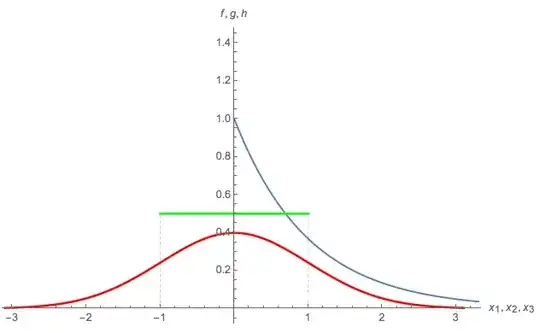I've come across a lemma in the infoGAN paper. I do not understand the derivation of Lemma 5.1 in the addendum of the paper. It goes as follows (included as png):
I do not understand the last step. Why can one pull $f(x,y)$ into the inner-most integral, transforming it into $f(x',y)$? What are the suitable regularity conditions of $f$?
